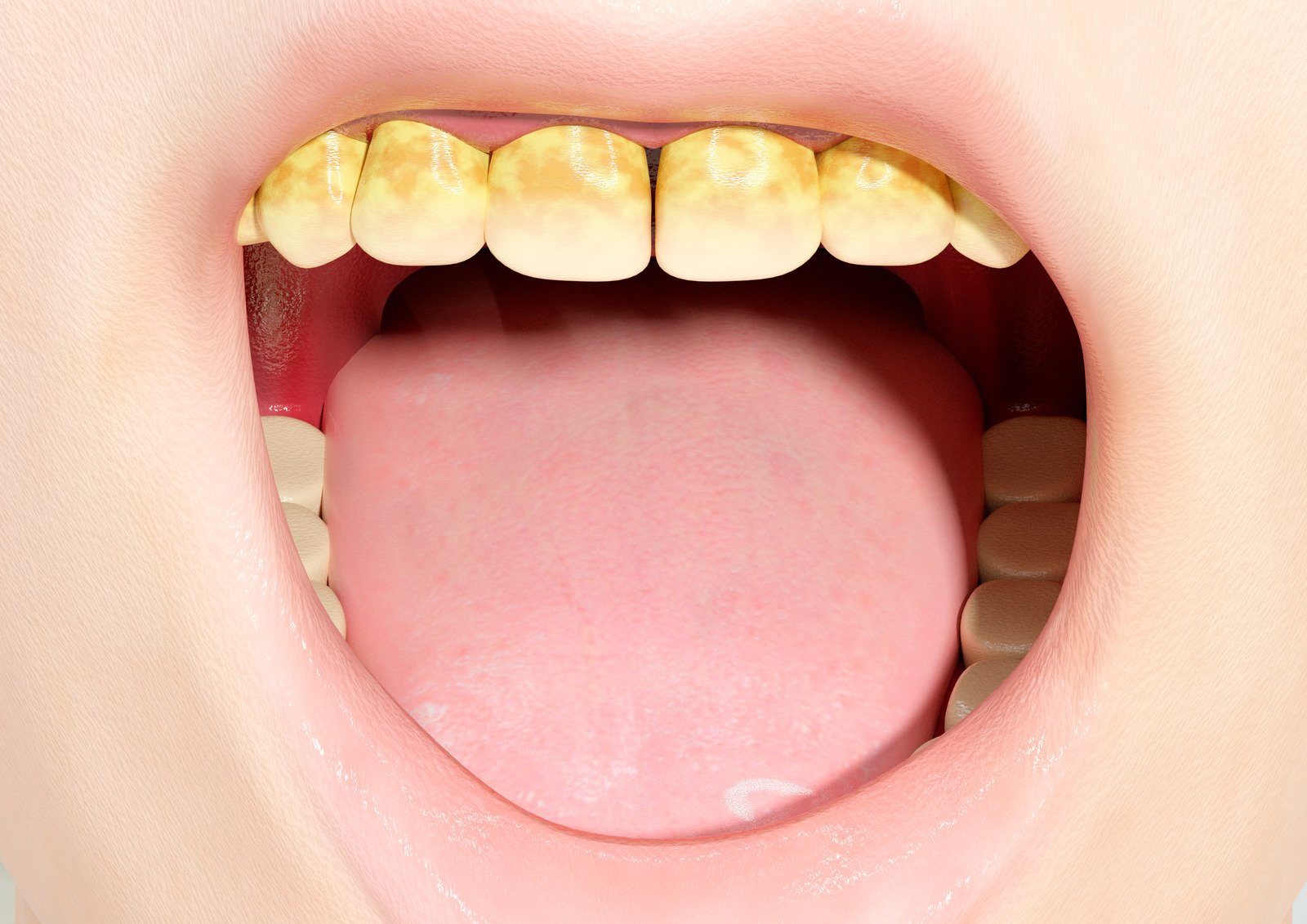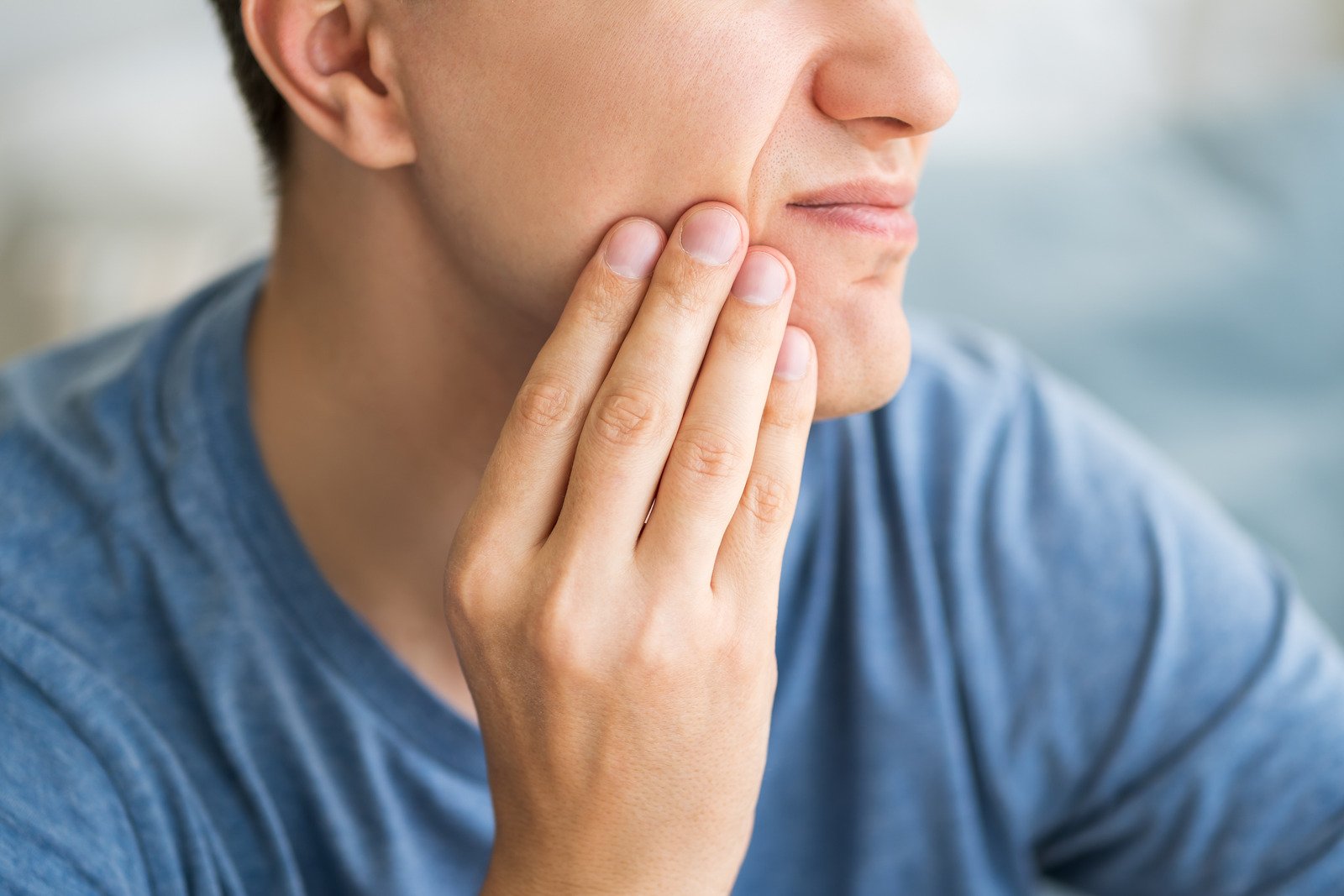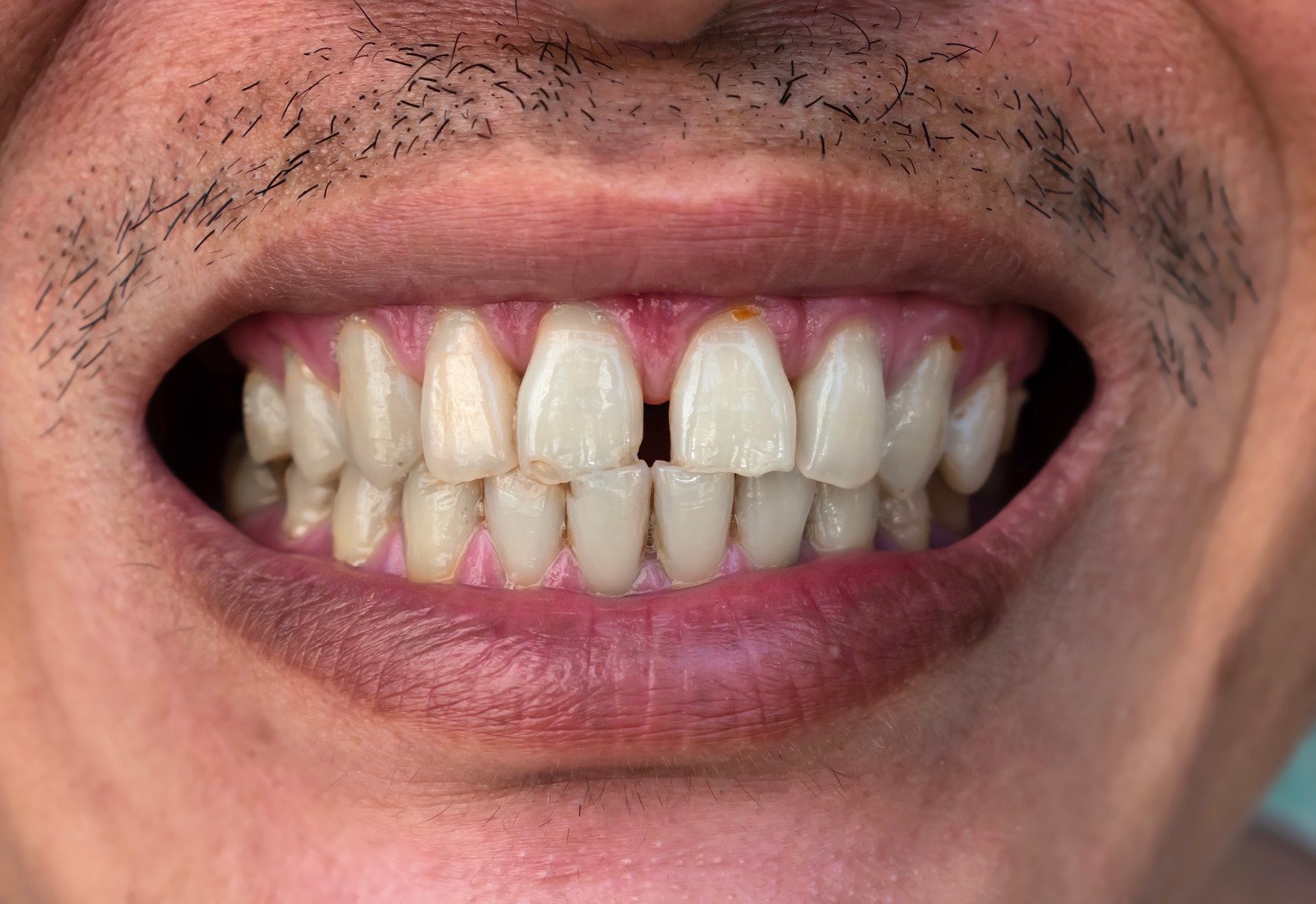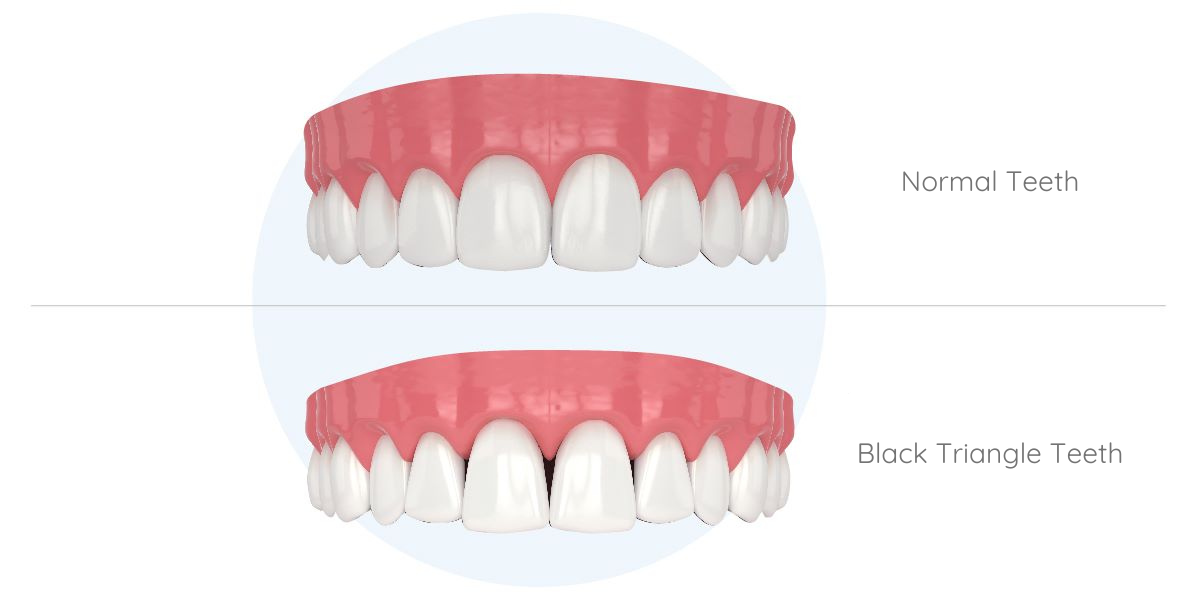Are you troubled by the "black triangles" between your teeth, making you hesitant to laugh or smile widely in photos or when hearing a joke? Black triangles not only affect your appearance but can also contribute to long-term oral health issues. But what causes these black triangles to form, and how can they be treated? Let’s explore the reasons behind dental black triangles between the teeth and the solutions available.
What Causes Black Triangles
Black triangles (also known as gingival embrasure) on your teeth refer to triangular-shaped gaps that form between them. Healthy, well-aligned teeth fit closely together without any spaces. However, several factors can contribute to the formation of these dental black triangles:

1. Triangular-shaped teeth
Teeth are usually square or rectangular with full surfaces. When two triangular-shaped teeth are adjacent, and the gums cannot fill the space between them, noticeable black triangles appear. The more triangular the teeth, the more pronounced the gap.
2. Ageing
As we age, even with good oral health, gum tissue tends to recede naturally. Severe gum recession can expose more of the tooth root, creating a black gap between the gum and the tooth.
3. Periodontal disease (gum disease)
Poor oral hygiene can cause plaque and food particles to build up between teeth, leading to periodontal (gum) disease. Early gum disease may cause mild bleeding when brushing, but if untreated, it can lead to gum inflammation. Over time, bacteria damage the gum tissue, causing gaps to widen. Even after recovering from gum disease, the gums may not fully cover the tooth roots, leaving black triangles teeth.
4. Improper cleaning
Good oral hygiene is essential, but improper cleaning techniques can also damage gums. For example, brushing too hard or using a toothbrush with overly hard bristles can injure gum tissue, leading to gum recession and the appearance of black triangles.

What Problems Do Black Triangles Cause
The most obvious concern with black triangle teeth is their impact on appearance. Healthy teeth are white, neatly aligned, and closely connected to pink gums, contributing to a confident smile. However, even a small black gap—especially between the front teeth—can significantly affect your appearance and confidence.
Apart from aesthetics, black triangles pose potential oral health risks. Ideally, there should be no noticeable black gap between teeth, but when food particles become trapped in these spaces, they can serve as a breeding ground for bacteria. This leads to plaque buildup and increases the risk of developing oral health issues such as tooth decay and gum disease.
Furthermore, black triangles can affect speech. Teeth and the tongue play a vital role in sound and pronunciation. Gaps in the upper teeth may cause air to escape through the black triangles, leading to speech problems, mispronunciation, spitting while talking, or creating a "hissing" sound during speech.
What Are The Treatments For Black Triangle Teeth
The good news is that there are effective treatment options that address both appearance and oral health. The following methods can help fix this issue:
1. Veneers
One of the black triangle teeth fixes includes veneers. They can be applied to the outer surface of the teeth, effectively filling the gaps and improving the shape, colour, and length of the teeth. Veneers offer a long-lasting and aesthetically pleasing solution, enhancing your overall smile.
2. Cosmetic dental bonding
Cosmetic bonding can also help with black triangle teeth. It involves using a resin material to fill the gaps between the teeth. The resin is colour-matched to your natural teeth, preserving the structure while minimising wear and tear. If the resin becomes damaged or discoloured over time, it can be easily repaired and adjusted.
3. Orthodontic treatment to reduce gaps
For black triangles caused by misalignment or spacing issues, orthodontic treatments like braces or
clear aligners can close the gaps between teeth. This method is particularly effective when black triangles are not the result of gum recession or tooth shape.
Each of these treatments can close gaps and address the inconveniences caused by black triangles. Your dentist will recommend the most suitable treatment based on your condition.

If you're struggling with dental black triangles or want to learn more about cosmetic dentistry and orthodontic solutions, consider booking a
free online smile assessment. Dentists can offer treatment options tailored to your oral health and tooth condition, helping you get rid of those troublesome black triangles for good.



 If you're struggling with dental black triangles or want to learn more about cosmetic dentistry and orthodontic solutions, consider booking a free online smile assessment. Dentists can offer treatment options tailored to your oral health and tooth condition, helping you get rid of those troublesome black triangles for good.
If you're struggling with dental black triangles or want to learn more about cosmetic dentistry and orthodontic solutions, consider booking a free online smile assessment. Dentists can offer treatment options tailored to your oral health and tooth condition, helping you get rid of those troublesome black triangles for good.
